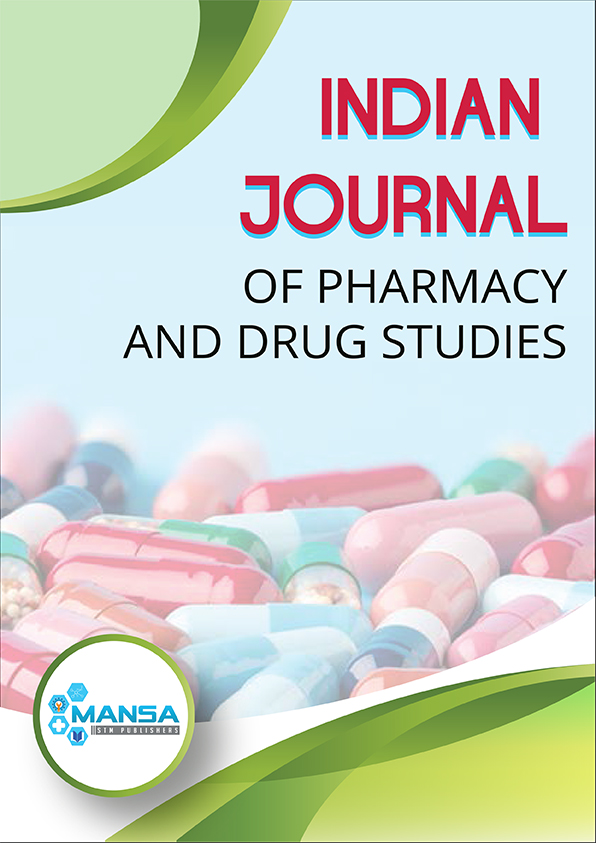Role of membrane transporters in Cisplatin induced nephrotoxicity
Keywords:
Nephrotoxicity, Ototoxicity, Neurotoxicity, MATE1, OCT2, CTR2Abstract
Transporters are important mediators of specific cellular uptake and thus, not only for effects, but also for side effects, metabolism, and excretion of many drugs such as cisplatin. Cisplatin is a potent cytostatic drug, whose use is limited by its severe acute and chronic nephro-, oto-, and peripheral neurotoxicity. For this reason, other platinum derivatives, such as carboplatin and oxaliplatin, with less toxicity but still with antitumoral action have been developed. Several transporters, which are expressed on the cell membranes, have been associated with cisplatin transport across the plasma membrane and across the cell: the copper transporter 1 (CTR1), the copper transporter 2 (CTR2), the P-type copper-transporting ATPases ATP7A and ATP7B, the organic cation transporter 2 (OCT2), and the multidrug extrusion transporter 1 (MATE1). Some of these transporters are also able to accept other platinum derivatives as substrate. Since membrane transporters display a specific tissue distribution, they can be important molecules that mediate the entry of platinum derivatives in target and also non-target cells possibly mediating specific effects and side effects of the chemotherapeutic drug. This paper summarizes the literature on toxicities of cisplatin compared to that of carboplatin and oxaliplatin and the interaction of these platinum derivatives with membrane transporters.
Downloads
Downloads
Published
Issue
Section
License
Copyright (c) 2023 Sakshi, Gaaminepreet Singh

This work is licensed under a Creative Commons Attribution-NonCommercial-NoDerivatives 4.0 International License.




